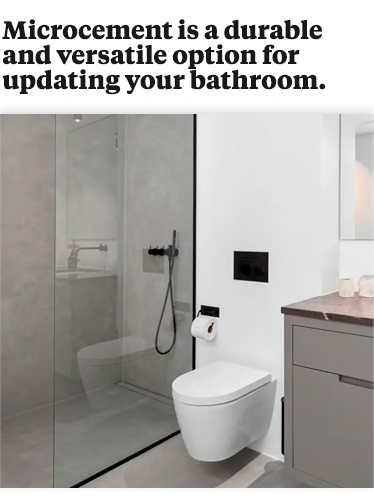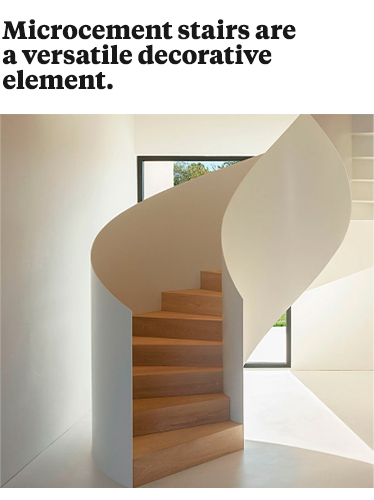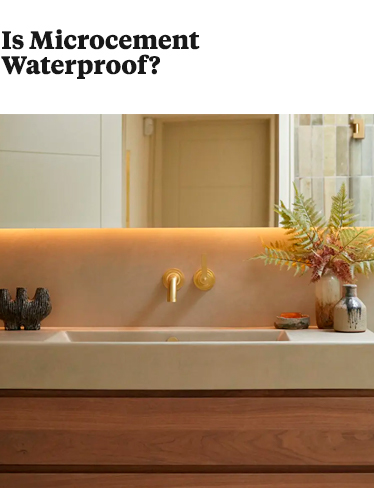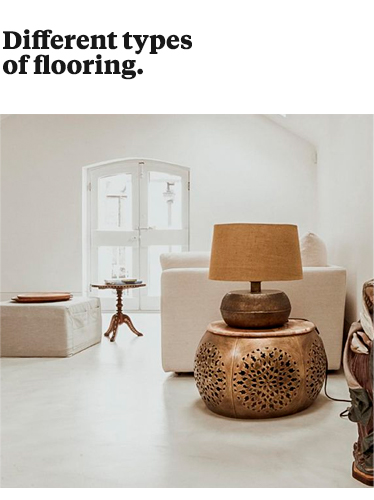Kitchen Flooring Ideas: 10 Affordable Ideas That Bring Style to Your Space
Your kitchen’s flooring can be stylish without breaking the bank. Discover these budget-friendly options that offer both aesthetics and practicality. When it comes to kitchen …







